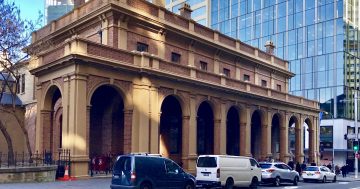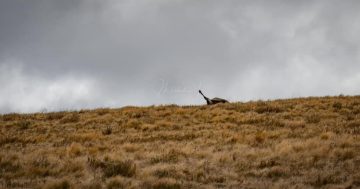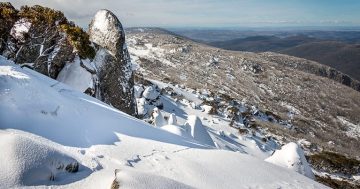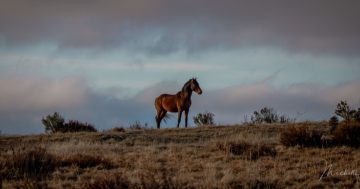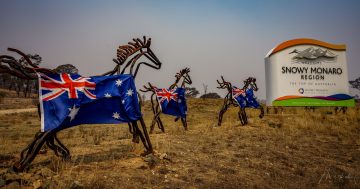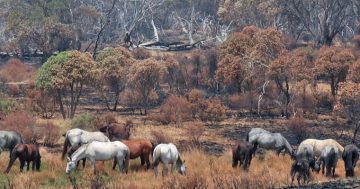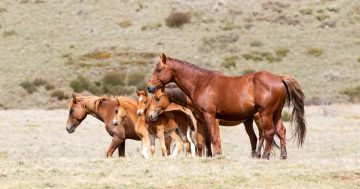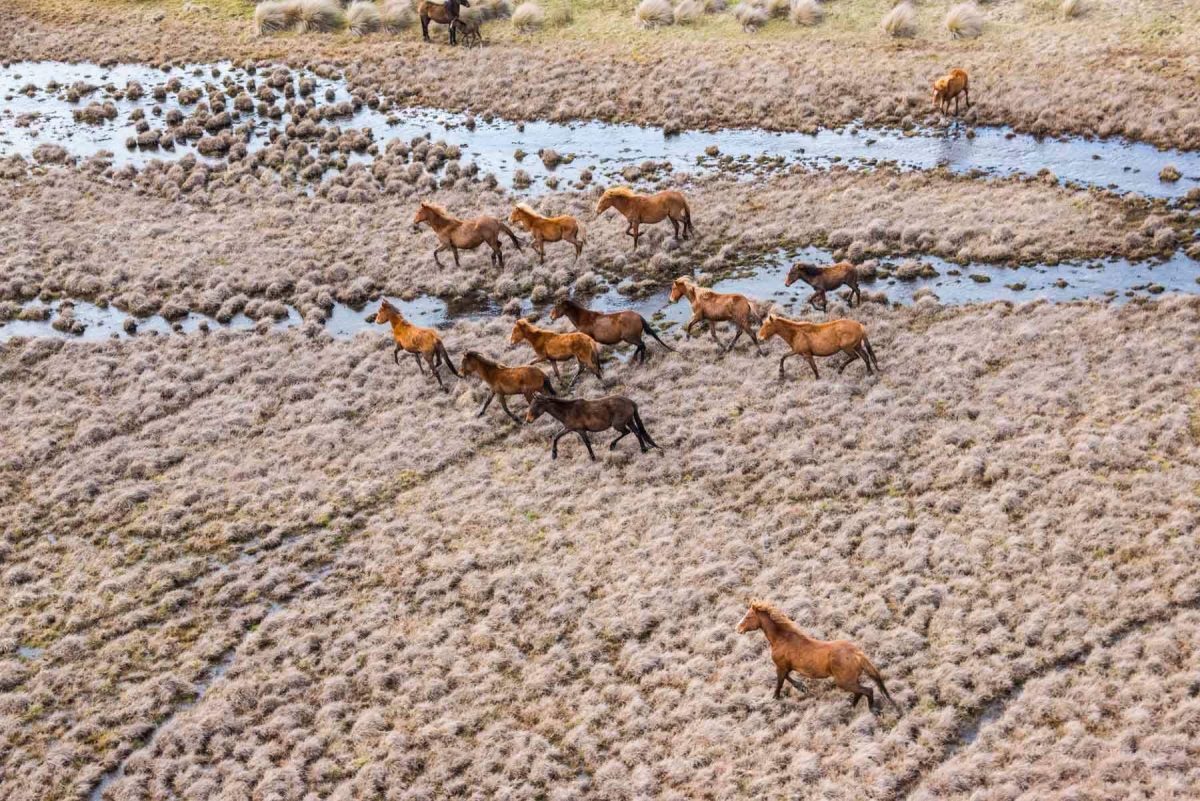
Efforts to halt the aerial shooting of the wild horses of Kosciuszko National Park were dismissed in the NSW Supreme Court. Photo: Invasive Species Council.
Quick as a flash the Snowy Mountains Bush Users Group’s (SMBUG) legal challenge to the aerial culling of the wild horses of Kosciuszko National Park (KNP) has failed.
In under 30 seconds in the NSW Supreme Court yesterday (21 August) Justice David Davies handed down his judgement dismissing the case brought by the not-for-profit recreational group against NSW Environment Minister Penny Sharpe.
Underpinning SMBUG’s case was the claim the minister had made jurisdictional errors based on incomplete or misleading information when, in October 2023, she successfully had the Kosciuszko National Park Wild Horse Heritage Management Plan (KNP WWHMP) amended to allow aerial shooting as a means of controlling the park’s wild horse population.
The last official National Parks and Wildlife Service (NPWS) survey count in November 2023 calculated between 12,797 and 21,760 horses lived in the national park.
Under the plan, the NSW Government is legally required to reduce that number to 3000 heritage horses in four predetermined retention areas by mid-2027, in a bid to protect and preserve the pristine alpine environment.
At the July hearing of the NSW Senate inquiry into the aerial shooting of brumbies in KNP, the minister confirmed 8944 horses were removed from the park through passive trapping and rehoming or removal to a knackery, and ground shooting between November 2021, when the plan was first implemented, and in July 2024.
Of that total, 5963 of those were culled using aerial shooting, which got underway in earnest in March of this year.
SMBUG lawyers had told the court aerial shooting without preference for other control methods was “unnecessarily or unjustifiably” inflicting pain upon the horses and was an act of animal cruelty.
Following a two-day hearing in July, Justice Davies yesterday found the NSW Environment Minister was provided with adequate information when she authorised aerial shooting in October 2023.
The judge further said the minister followed the correct procedures in making her decision, taking into account factors such as reducing wild horse populations, minimising their environmental impacts and integrating this with the aerial shooting of other invasive species.
The judgement also noted that animal welfare implications were not the only — nor the “paramount” — factor the minister had to consider.
“Other considerations included … the need to minimise the environmental and heritage impact of the horse population, and the need to move quickly to keep the horse population down because of the natural and Indigenous cultural values of [the national park],” Justice Davies’ judgement said.
Justice Davies also noted an animal-welfare assessment had been carried out by the RSPCA, which found laws preventing cruelty to animals had been complied with.
As part of its legal loss, SMBUG is required to pay the government’s legal costs of defending the case.
Jack Gough, Advocacy Director of the Invasive Species Council (ISC) said they were pleased the ongoing removal of horses from KNP would continue through the use of aerial shooting.
“This is a comprehensive dismissal of a deeply flawed legal challenge by a small group who don’t want to see a single horse removed from Kosciuszko National Park,” he said.
“The original grounds for the challenge were that there were animal welfare issues or problems with the scientific count of horses.
“The plaintiffs then dropped these grounds when they clearly realised they had no hope of success,” he added. “Instead they focused on a narrow procedural argument which the Supreme Court has thrown out.”
Mr Gough said the ISC had full confidence that national park staff were undertaking these important operations professionally, safely and humanely, as had been confirmed by numerous independent reviews, including by the RSPCA and vets.
Large parts of the park have remained closed throughout autumn and winter this year as aerial shooting operations ramped up after trials in November 2023. The park is expected to reopen to the public on the October long weekend.
A NSW Government recount of the horse population is also expected to take place in late October, according to the minister, this time using aerial transects by helicopter with trained observers and newer mark-recapture distance sampling to analyse some of the data and estimate the population.
The minister has also confirmed the State Government is looking at the use of thermal camera technology as well.
The cost to date to the NSW Government of the wild horse culling operation sits at $8.2 million.
SMBUG and its lawyers were approached for comment, but none was forthcoming.
Original Article published by Edwina Mason on About Regional.












